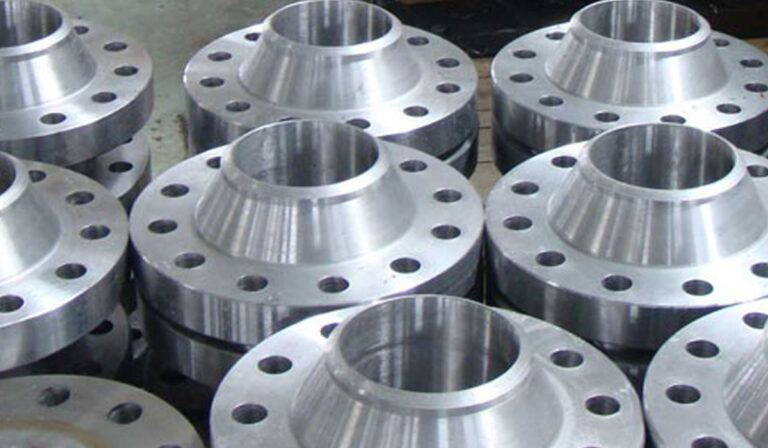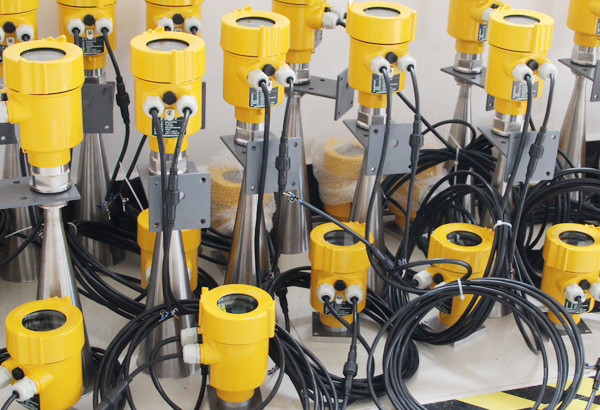Radar level gauges are widely used to monitor liquid or material levels in various storage tanks due to their high accuracy, good stability, and easy maintenance.
The connection method between the radar level meter and the storage tank directly affects the sealing of the equipment, the ease of installation and subsequent maintenance work.
This article will deeply explore the two common connection methods of radar level meters – threaded connection and flange connection, and compare their characteristics and application scenarios.

First, let’s understand the threaded connection method. Threaded connection is a way to achieve a tight connection by matching the threads at the bottom of the level meter with the corresponding threaded holes at the opening of the tank. The advantage of this connection method is that it is easy and fast to install, which is especially suitable for small or storage tanks that need to frequently change locations.
In addition, since the threaded connection does not require additional accessories, it is also more economical in terms of cost. However, threaded connections also have their limitations. For example, when connecting large-diameter pipes or withstanding high pressures, threaded connections may not be stable enough and may leak easily. Next, we explore the flange connection method.
Flange connection is a way to realize the connection by fixing the flange plate at the bottom of the level meter with the flange interface of the storage tank with bolts. The advantage of flange connection is that it can withstand a larger pressure and temperature range and is suitable for large storage tanks and high-pressure environments.
At the same time, since the flange connection can be disassembled by loosening the bolts, it is more convenient for daily maintenance and cleaning. However, the disadvantage of flange connection is also obvious, that is, the installation process is relatively cumbersome and requires more connecting parts, such as bolts, gaskets, etc., which undoubtedly increases the complexity and cost of installation.

In actual applications, which connection method to choose needs to be determined according to specific working conditions. If the pressure is low, the pipe diameter is small, and frequent movement is required, threaded connections are undoubtedly a more suitable choice. In large storage systems, environments with high pressure, or situations that require long-term stable operation, flange connections show their irreplaceable advantages.
Through comparative analysis, we can conclude that both threaded connections and flange connections have their own advantages and limitations. When selecting the connection method of the radar level meter, factors such as the installation environment, pressure resistance, maintenance convenience, and cost should be fully considered to make a reasonable decision.
Only in this way can the stability and accuracy of the radar level meter be ensured and reliable data support be provided for industrial production.

As a precision measuring equipment, the choice of the connection method of the radar level meter is directly related to the accuracy of the measurement and the service life of the equipment.
Through in-depth analysis of threaded connections and flange connections, we not only understand their characteristics and applications, but also can better play the role of radar level meters in actual work and improve the efficiency of the entire industrial system.
